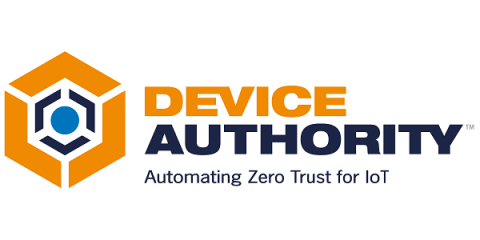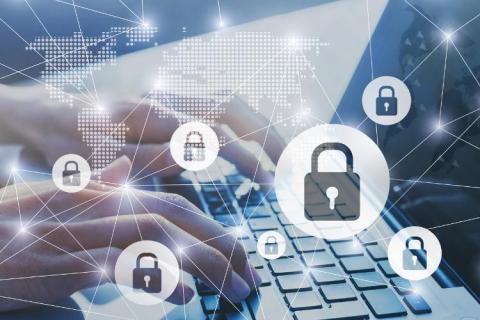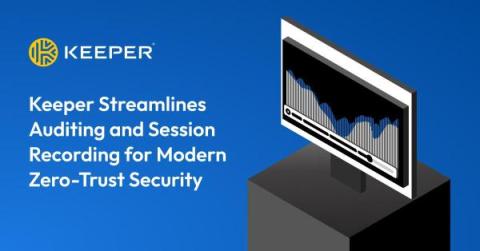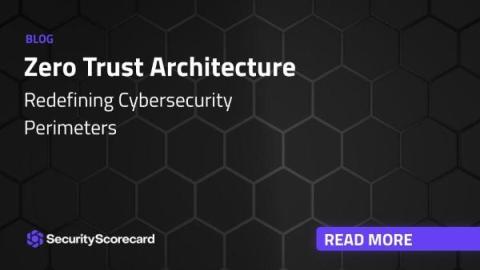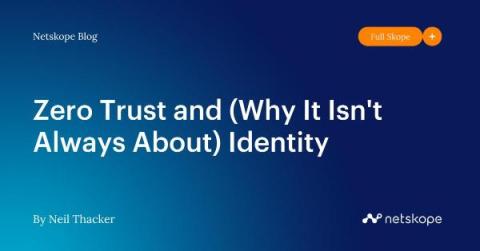Security | Threat Detection | Cyberattacks | DevSecOps | Compliance
Zero Trust
Zero Trust Explained: Strengthening Cybersecurity in the Digital Age
What Is the Future and Technology of Zero Trust?
In the dynamic realm of cybersecurity, the future of Zero Trust unfolds with promises and challenges. In the second part of the Zero Trust series, we explore the insights from industry experts, contemplate the intersection of trust and security, and chart a course for the evolving landscape of digital defense.
What are the top cybersecurity trends to look out for in 2024?
The Current Challenges of Adopting Zero Trust and What You Can Do About Them
In the fast-evolving world of cybersecurity, the transition to remote work, the challenges of Zero Trust adoption, and the technology that supports it have taken center stage. Join me as we explore the insights of cybersecurity professionals and uncover the realities of this transformative journey.
Keeper Streamlines Auditing and Session Recording for Modern Zero-Trust Security
Keeper Connection Manager (KCM) provides teams with instant remote access capabilities via a secure session, directly from a web browser. Gartner identifies several core Privileged Access Management (PAM) capabilities including monitoring and auditing, as well as privilege elevation and delegation. KCM provides Privileged Account Session Management (PASM) with support for RDP and SSH desktop protocols, database connections and session recording.
Zero Trust Architecture
Redefining Cybersecurity Perimeters Traditional security models that rely on a defined perimeter are proving to be inadequate in protecting sensitive data and systems. The increasing sophistication of cyber threats demands a more proactive and robust approach. Enter Zero Trust Architecture (ZTA), a paradigm shift in cybersecurity that challenges the conventional notion of trust within network boundaries.
What is Lookout Secure Private Access? A ZTNA Solution
Zero Trust and (Why It Isn't Always About) Identity
What is the relationship between zero trust and user identity? There’s no doubt that identity is a fundamental component of an effective zero trust approach, but there is also a danger that organisations become so overly focused on this one element, they forget there are others. To believe that achieving zero trust is all about user identity is, I believe, a fundamental misunderstanding of the concept.
Introducing advanced session audit capabilities in Cloudflare One
The basis of Zero Trust is defining granular controls and authorization policies per application, user, and device. Having a system with a sufficient level of granularity to do this is crucial to meet both regulatory and security requirements.



